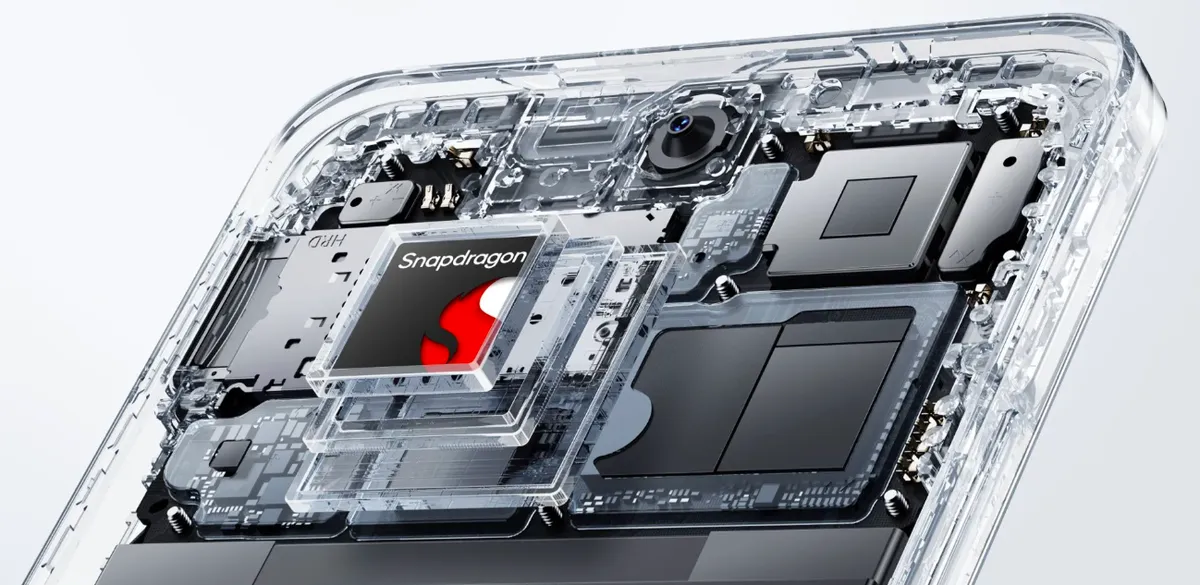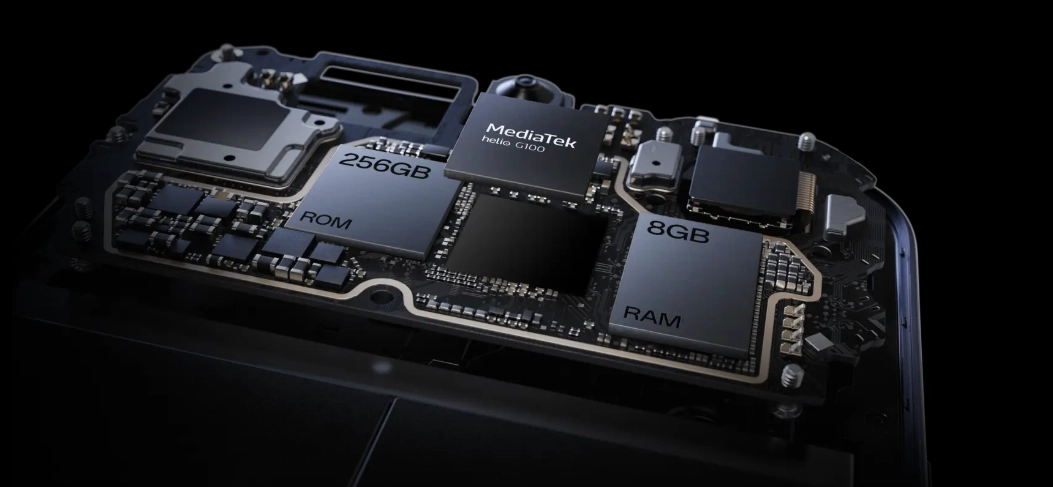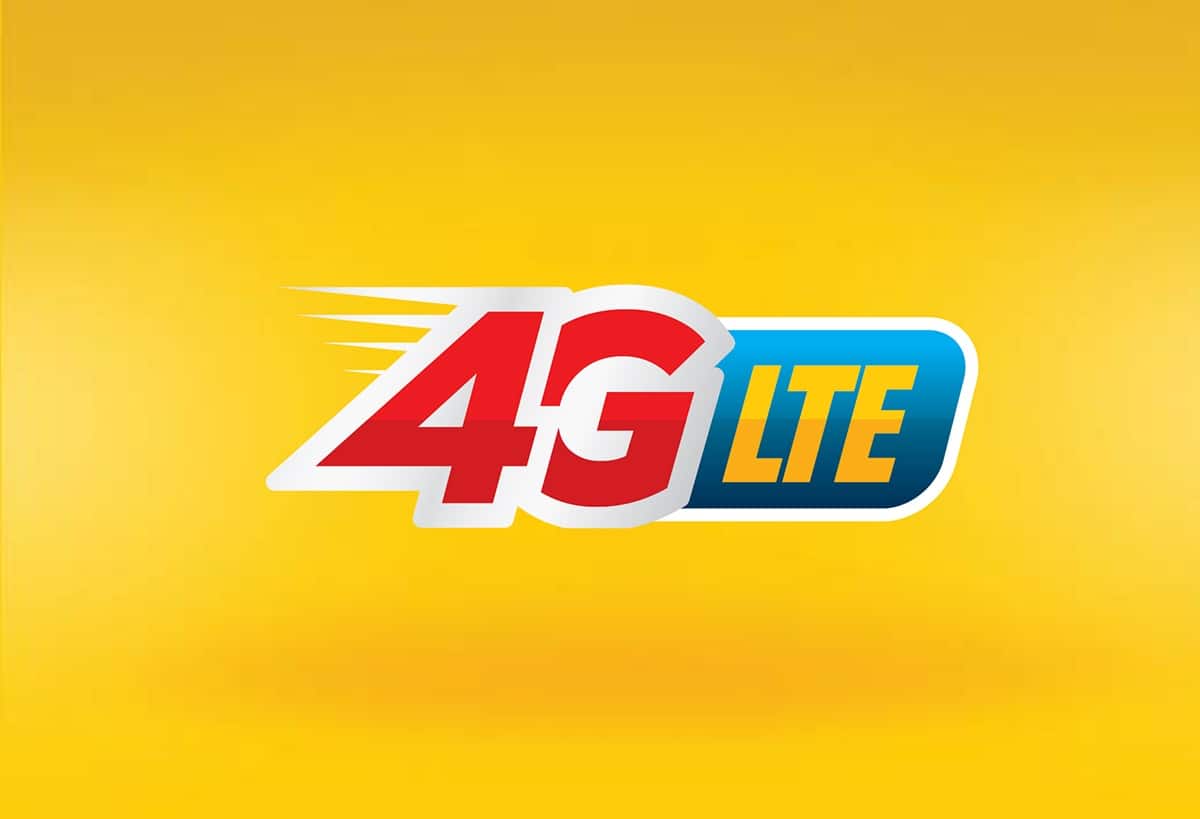Snapdragon 685 vs Helio G100, Which One is Better?
MediaTek Helio G100 and Qualcomm Snapdragon 685 are both 4G chipsets commonly used in mid-range smartphones. They are made with the same 6nm process (by TSMC), which helps them deliver good performance and save battery power.
Phones that use these chipsets usually have similar prices, so it can be confusing to choose between them. In this article, we will compare the two to help you decide which one suits your needs best.
CPU Performance

The Snapdragon 685 has eight Kryo 265 cores (4 Cortex-A73 cores up to 2.8 GHz and 4 Cortex-A53 cores up to 1.9 GHz). Meanwhile, the Helio G100 also has eight cores (2 Cortex-A76 cores up to 2.2 GHz and 6 Cortex-A55 cores up to 2.0 GHz).
The Cortex-A76 in the Helio G100 is a newer design than the A73, but the Snapdragon 685 runs at a higher speed. Based on Geekbench 6 tests, the Helio G100 scores higher, around 733 for single-core and 2028 for multi-core, compared to Snapdragon 685’s 473 and 1510.
This means the Helio G100 is better for heavy tasks. However, the Snapdragon 685 uses less power because of its efficient A53 cores.
GPU Performance

For graphics, the Snapdragon 685 uses an Adreno 610 GPU with speeds up to 1260 MHz and 128 shader units. The Helio G100 uses a Mali-G57 MP2 GPU that runs at 1000 MHz and has 64 shader units.
The Adreno 610 has better numbers. It can reach around 322 GFLOPs and supports modern graphics technologies such as OpenGL ES 3.2, Vulkan 1.1, and DirectX 12.1.
Even so, some benchmark tests show higher GPU performance from the Helio G100. On Geekbench Compute, for example, it scores 1464, while the Snapdragon 685 scores 377. This difference might be because the Mali GPU handles vector computing more effectively.
For gaming, the Helio G100 includes MediaTek’s HyperEngine technology, which helps manage CPU and GPU power for smoother performance. Meanwhile, the Snapdragon 685 supports screens up to 120 Hz with Q-Sync and offers better sound quality with aptX Adaptive.
Power and Fabrication Efficiency
Both chipsets use the same 6nm process, which helps them work efficiently. In several power tests, their efficiency results are almost the same.
The Snapdragon 685 supports Quick Charge 3.0 for fast charging, which can reach 80% in about 35 minutes. The Helio G100 doesn't have a special fast-charging feature.
In general, both chipsets have good battery efficiency. The Helio G100 performs slightly better under heavy use because of its Cortex-A55 cores and HyperEngine feature. Meanwhile, the Snapdragon 685 depends on the Snapdragon Sensing Hub to manage power use.
Connectivity

Both chipsets support only 4G LTE networks and don't have 5G support. The Snapdragon 685 uses an X11 LTE (Cat-11) modem with download speeds up to 390 Mbps. The Helio G100 uses an LTE Cat-13 modem that can reach about 400 Mbps and includes 4x4 MIMO and 256QAM technology. This makes it a little faster for downloading.
For wireless connections, both chipsets support Wi-Fi 5 (802.11 a/b/g/n/ac) and Bluetooth 5.2. The Snapdragon 685 also supports Wi-Fi calling and adaptive antenna tuning, while the Helio G100 includes dual-band GNSS for more accurate location tracking.
AI Features and Sensors
The Snapdragon 685 has a Hexagon 686 DSP for AI processing with power up to 1 TMACs. It also includes the Qualcomm Sensing Hub, which helps with voice recognition and voice assistant features without using much power.
The Helio G100 also includes an NPU for AI tasks, although MediaTek doesn't mention the exact type. Its main AI features focus on photography, such as AI face detection, bokeh effects, and multi-frame noise reduction.
Camera and Multimedia Support

Both chipsets can handle high-resolution cameras. The Snapdragon 685 includes a 12-bit Spectra triple ISP that can process three cameras at once, such as 13+13+5 MP setups. It also supports a single camera up to 108 MP and records video at 1080p 60fps. The chipset supports HEVC and VP9 video formats.
The Helio G100 supports a main camera up to 200 MP using 2.2μm pixel-binning technology and a dual-camera setup up to 16+16 MP. For video, it can record at 2K resolution with 30fps.
In short, the Helio G100 is stronger in camera resolution, while the Snapdragon 685 is better at handling multiple cameras and advanced video decoding.
Synthetic Benchmarks
Benchmark tests show that the Helio G100 is stronger in overall performance. On AnTuTu v10, the Helio G100 scores around 430,430 points, while the Snapdragon 685 gets about 349,440 points, around 23% lower. The Helio performs better in CPU, GPU, RAM, and UX tests.
On Geekbench 6, the Helio G100 scores 733 for single-core and 2028 for multi-core. The Snapdragon 685 only reaches 473 and 1510. The GPU test also gives the Helio G100 a big lead with 1464 points compared to 377 for the Snapdragon 685.
Conclusion
From the comparison above, the Helio G100 is better for gaming and heavy tasks. Its dual Cortex-A76 cores and Mali-G57 GPU with HyperEngine make it strong for multitasking and demanding apps.
The Snapdragon 685, on the other hand, is better for daily use. It is more power-efficient and has better camera processing with its triple ISP. It also supports Quick Charge 3.0, which makes charging faster.
